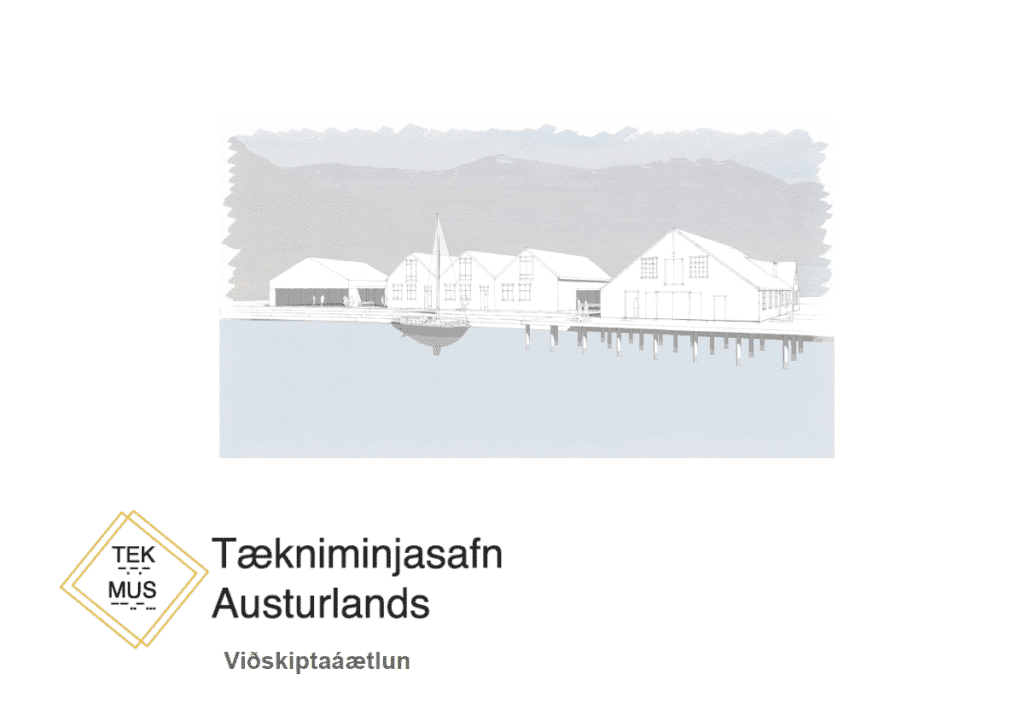
After the natural disasters, the museum is at a major turning point, and there are many complex and challenging tasks ahead. Both need to ensure the development of the new museum, as well as to ensure that the operation of the museum will be sustainable after the development. To that end, it was necessary to make a business plan , which tried to account for the possible costs of the new basic exhibition of a new museum and the operating basis in the future. The University of Bifröst was approached about a possible collaboration and a student in cultural management, Heimir Freyr Hlöðversson, worked on the plan in collaboration with the museum director, as part of his studies. Austurland’s Upbuilding Fund supported the museum so that this work could be undertaken.
In the plan states that today the majority of the museum’s income comes from public funds, but if the estimates for the number of visitors continue, where we look specifically at the passengers of cruise ships that dock at Seyðisfjörður, it can be assumed that in a few years at least half of the income will come in the form of an entrance fee.
The cost of the new basic exhibition is estimated at almost 150 million ISK, and the operating income per year will be around 70 million ISK. Operating fees will be somewhat lower, considering that the museum will have 3 full-time employees plus summer staff.
Of course, this is a plan with some uncertainties, not least when the development of the new museum area, the reconstruction of Angró and other construction projects, will be completed so that it will be possible to set up new exhibitions and open the museum to visitors.
The plan clearly shows that the opportunities are certainly there, now it’s just a matter of seizing them.

